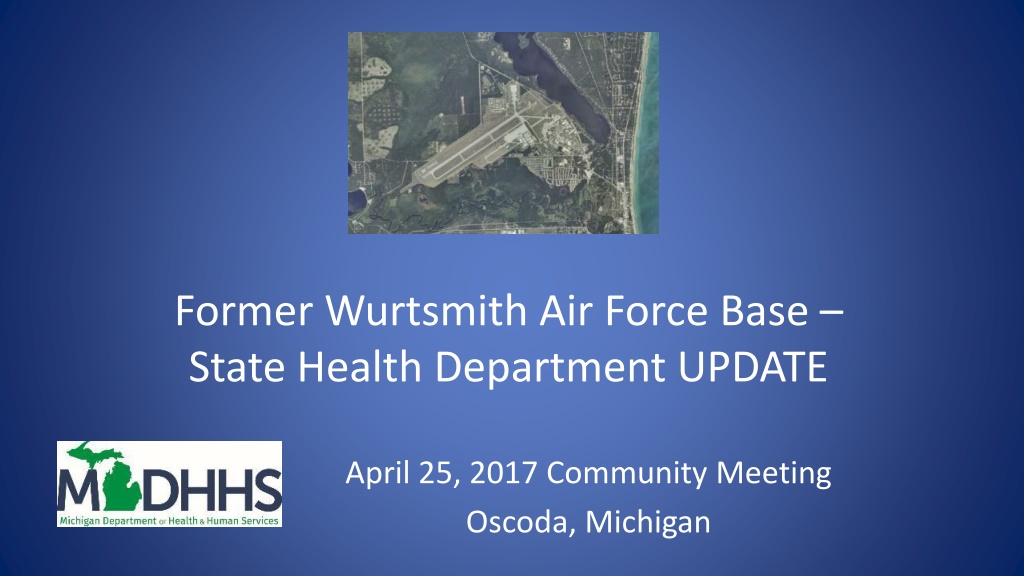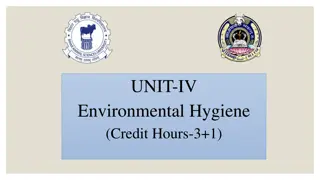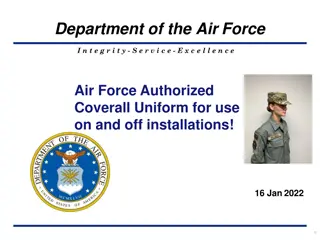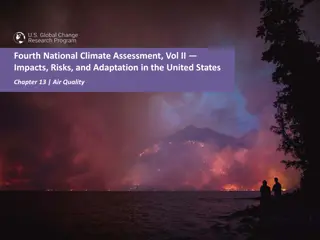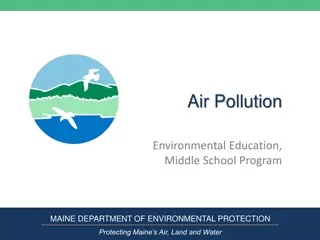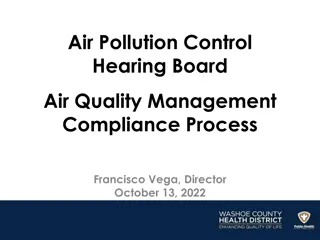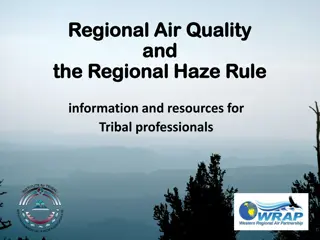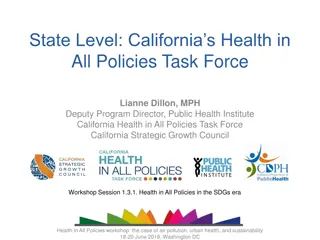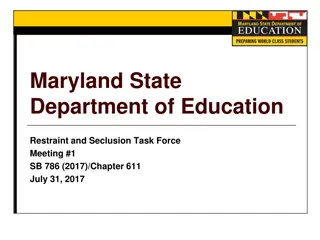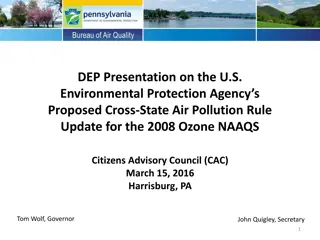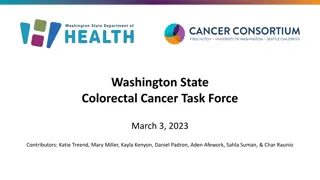Update on Former Wurtsmith Air Force Base State Health Department Community Meeting
The update on former Wurtsmith Air Force Base in Oscoda, Michigan covers discussions with CDC (ATSDR), PFAS in drinking water timeline, key points on PFAS and public health, data evaluation, EPA's health advisory levels, and decision tree for impacted areas. The information emphasizes taking a protective stance, utilizing the best available science, and requesting more data to strengthen conclusions regarding PFAS contamination.
Download Presentation

Please find below an Image/Link to download the presentation.
The content on the website is provided AS IS for your information and personal use only. It may not be sold, licensed, or shared on other websites without obtaining consent from the author. Download presentation by click this link. If you encounter any issues during the download, it is possible that the publisher has removed the file from their server.
E N D
Presentation Transcript
Former Wurtsmith Air Force Base State Health Department UPDATE April 25, 2017 Community Meeting Oscoda, Michigan
Outline Timeline and key points Decision tree RO filter test results Sampling requests TOUCHING the water is FINE Vegetable gardens Discussions with CDC (ATSDR)
PFAS in Drinking Water Timeline Sept 2015: Type 1 water-supply at mobile home park ID d and sampled Oct 2015: Results received; planning begins for potable well survey Dec 2015: USAF and MDEQ sample 24 private residential wells Jan 2016: Results received; MDHHS prepares Understanding Your Well Test Results fact sheet Feb 2016: USAF and MDEQ send results letters and fact sheet; MDHHS sends recommendations letter with meeting info, updated fact sheet; local health conducts in-person outreach Mar 2016: MDHHS report showing evaluation of data sent to local health and township
PFAS and public health key points Taking conservative (protective) stance What we know What we don t know Using best available science Using a decision tree Requesting more data to verify results, strengthen conclusions
Data Evaluation Animal/human studies potential for harm PFAS are persistent, bioaccumulate Some PFAS have long half-lives in humans Contamination not fully understood or controlled One sample cannot determine past exposure amount or duration, is not predictive of future Contamination at WAFB drinking water wells PFAS in most well water samples are higher than in HSRUA
EPAs Health Advisory levels Lifetime Health Advisory ( LTHA, May 2016) PFOA + PFOS = 70 ppt Translating ppt (ng/L) to ppb ( g/L) 70 ppt = 0.07 ppb Protects fetus Protects against cancer/noncancer effects
Decision Tree Downgradient Is the well downgradient from a WAFB-originating PFAS groundwater plume? YES Is the well within the impacted area as defined by the Conceptual Site Model? NO YES Recommend seeking alternate water and offer an RO system.* Data are not necessary. Are data available for the well? YES NO Data are necessary for decision-making. If PFAS from WAFB are present, recommend seeking alternate water and offer an RO system.* *Well owners may choose to connect to township water, if that is currently available.
Decision Tree Other Areas Is the well downgradient from a WAFB-originating PFAS groundwater plume? NO Are data available for the well? NO YES Data are necessary for decision-making. If PFOA + PFOS > 70 ppt, recommend seeking alternate water and offer an RO system.* *Well owners may choose to connect to township water, if that is currently available.
Pre- and Post-RO filter tests Total PFAS PFOA PFOS PFHxS
Sampling requests No guarantee that sampling will occur Make request to DHD2, they forward to MDHHS MDHHS enters into database MDHHS and MDEQ team discuss requests strategize MDEQ team contacts homes to be sampled, MDHHS contacts homes that are not yet MDHHS gets results and recommendations to homeowners and to DHD2
Waiting for your results? Missing some MAILING addresses, some returned mail Contact Chris Bush at MDHHS to check 517-284-4794 or 800-648-6942 bushc6@michigan.gov
Sampling on your own MDHHS checking with labs Cost List of PFAS How-to Fact sheet in the works
TOUCHING the water is FINE! Household use is OK Bathing Washing dishes or clothes Recreational skin contact is OK Swimming and wading Boating Handling fish Down the hatch is the concern
Vegetable gardens Research on using biosolids, water with PFAS May be plant uptake of smaller-sized PFAS Smaller PFAS not expected to build up in body NOT expected to be a health concern for home-grown produce For canning, use PFAS-free water for syrups, etc. ( down the hatch )
Discussions with CDC ATSDR = Agency for Toxic Substances and Disease Registry MDHHS partners with ATSDR MDHHS keeps ATSDR informed of PFAS sites in Michigan Discussing community s and veterans concerns PFAS is a national (global) issue No final response yet
Web MDHHS webpage for Wurtsmith work: www.mi.gov/wurtsmith Newer information at top of each section Links to EPA, ATSDR, USAF webpages
Health Dept Contacts FIRST CONTACT = District Health Dept No. 2 Denise Bryan, Health Officer 989-343-1800 MDHHS - Christina Bush, Toxicologist 517-284-4794 (NEW) or 800-648-6942 bushc6@michigan.gov
